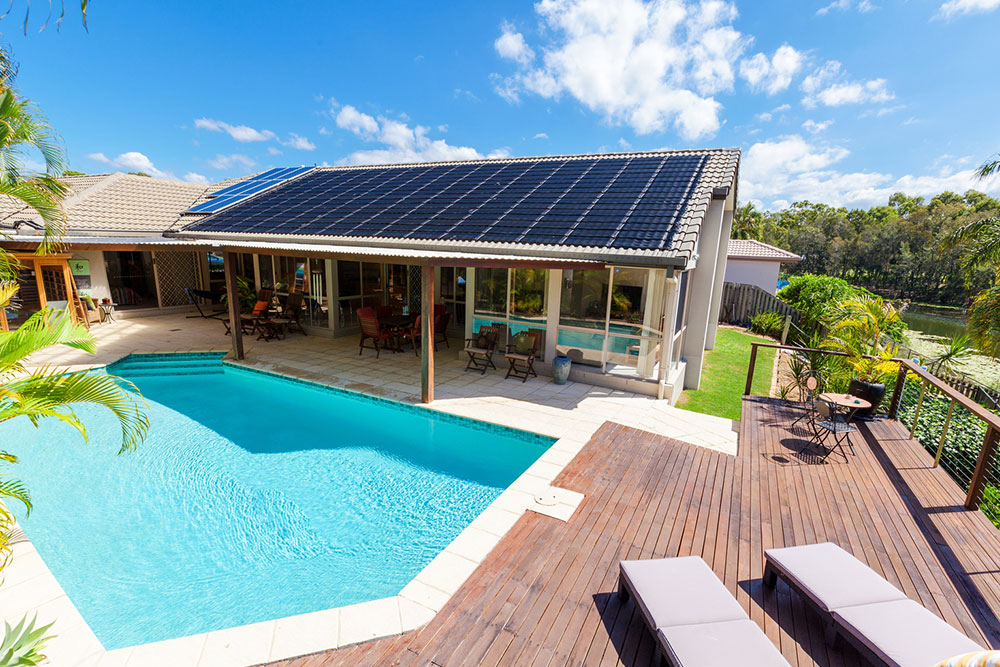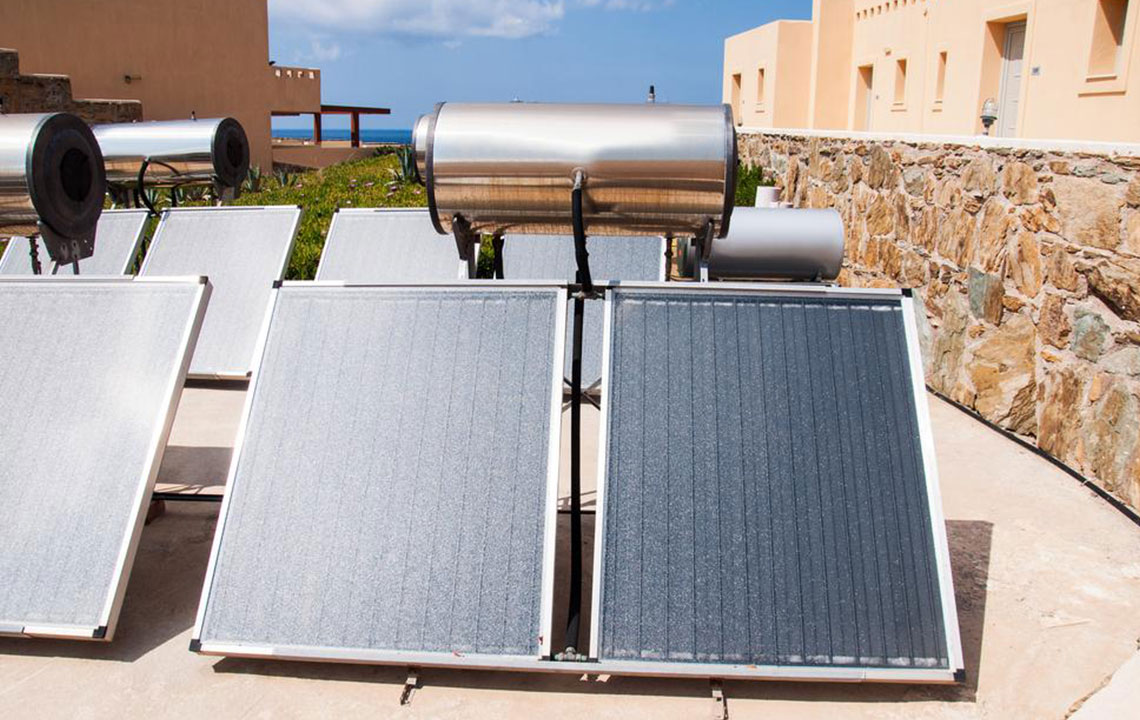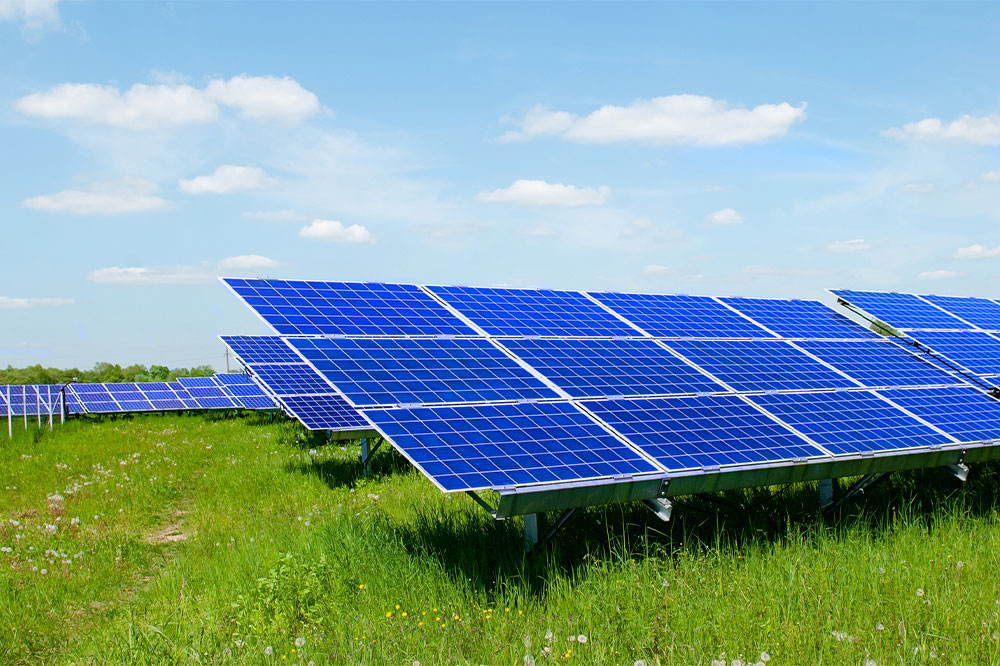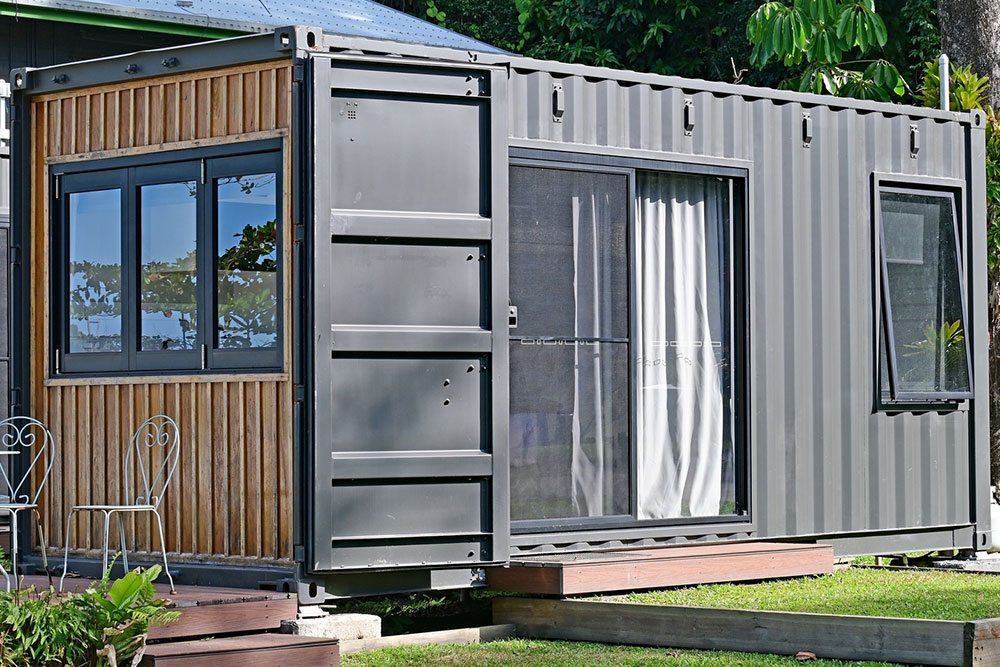Japan's New Mandate for Solar-Powered Homes: Costs and Advantages
Japan is implementing new laws requiring rooftop solar panels on all new homes from 2025, supporting sustainability and reducing energy costs. The policy targets urban developments, promotes advanced solar tech like perovskite cells, and offers cost estimates for installations. Benefits include energy independence, climate adaptability, and increased renewable energy integration. This initiative aims to lower emissions, ease grid pressure, and promote eco-friendly living in dense urban areas.
Sponsored

Japan Enforces Solar Panel Installation in New Residential Constructions
Starting from 2025, Japan mandates that all newly built homes must feature rooftop solar panels. This initiative is part of the nation’s broader goal for sustainability, aiming to lower environmental impacts while helping homeowners cut electricity costs significantly. The policy primarily affects urban developments and large-scale construction firms, emphasizing Japan’s shift towards renewable energy sources.
The Tokyo Initiative
Tokyo leads this movement, requiring the top 50 major construction companies to incorporate solar panels into new residential projects. This applies to homes up to 2,000 square meters, accommodating extensive panel installations.
Japan’s shift toward solar energy arises amid increased reliance on coal following the decline of nuclear power after 2011’s Fukushima disaster. Officials aim to halve emissions by 2030, with residential solar power representing a key strategy. Households contribute around 30% of city energy use, and solar installations will ease pressure on the national grid.
Understanding Solar Panels
Solar panels, mounted on rooftops or other unobstructed surfaces, consist of multiple squares called modules. Each module contains solar cells, which convert sunlight into electricity. Larger-scale panels, or mega-solar farms, maximize sun energy to generate electricity for communities, while smaller panels power individual devices.
The Working Principle
Photovoltaic systems harness sunlight to produce electricity. Solar cells, made from semiconductors like silicon, generate electrical current when exposed to sunlight through a process called the photovoltaic effect. The sunlight energizes electrons within the semiconductor, creating usable power essential for sustainable energy solutions.
Innovative Japanese Solar Technology
The government plans to incentivize advanced solar tech, such as perovskite cells, with a target price of 10 yen per kilowatt-hour. These versatile cells can be installed on wall surfaces and windows, making them ideal for Japan’s dense urban areas. This technology, supported by government initiatives, aims to expand renewable energy infrastructure across the country.
Cost Estimates for Solar Installations
Solar Frontier: 203,500 yen per 1 kW
Panasonic: 200,000 yen per 1 kW
Sharp: 341,000 yen per 1 kW
Canadian Solar: 164,000 yen per 1 kW
KYOCERA: 260,700 yen per 1 kW
CIC: 175,000 yen per 1 kW
Q.CELLS: 188,000 yen per 1 kW
Suntech: 341,000 yen per 1 kW
Hanwha Solar: 228,910 yen per 1 kW
Trina Solar: 264,000 yen per 1 kW
The Benefits of Solar Energy Adoption
Solar systems can function independently, providing resilience during power outages, especially with energy storage solutions like batteries.
Solar panels perform effectively across various climates; even in winter, Japan’s 8 hours of daylight can generate sufficient energy for typical homes.
Additional placements on building walls or windows increase energy production, maximizing space and reducing carbon footprints through increased renewable energy use.






